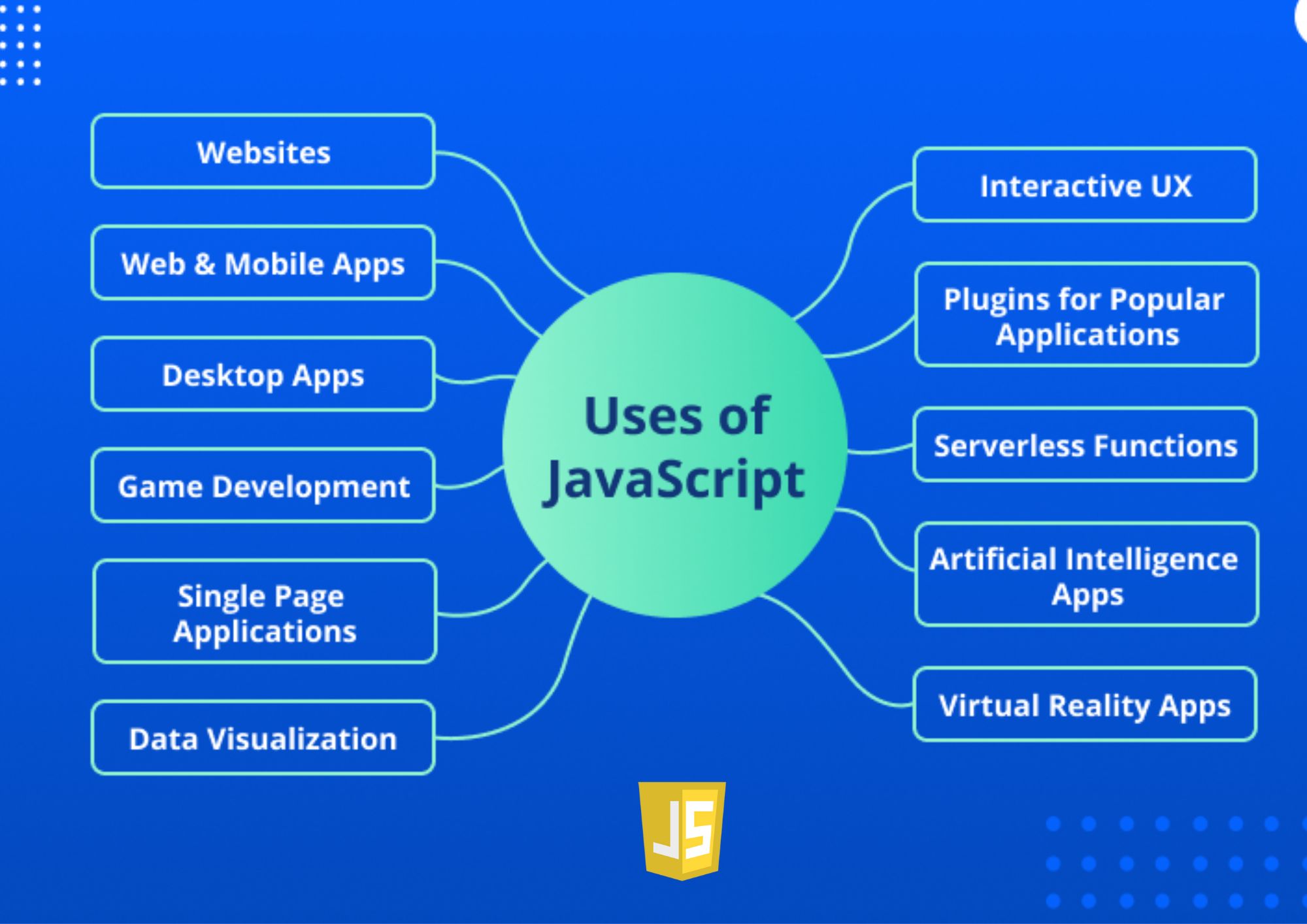In today’s fast-paced digital world, building scalable applications is of paramount importance.
To keep up with growing user demand and dynamic business requirements, you need to ensure that your applications can efficiently handle increasing loads and adapt to changing circumstances. \
JavaScript, one of the most popular programming languages, has evolved to help developers build scalable applications using Microservices.
In this comprehensive guide, we’ll dive deep into the world of JavaScript and Microservices, exploring best practices, code samples, and practical examples to help you create scalable, resilient applications.
Understanding Scalability and its Importance
Scalability is the ability of a system to handle increasing amounts of load gracefully without compromising performance or availability.
It is a crucial attribute for applications as they grow, catering to an ever-increasing number of users and accommodating evolving requirements.
Scalability ensures that your application can maintain its performance, responsiveness, and reliability as it grows, thereby providing an optimal user experience.
JavaScript and Microservices: A Powerful Combination
JavaScript has emerged as a leading programming language due to its versatility, extensive ecosystem, and ease of use.
- The rise of Node.js has further cemented JavaScript’s position as a server-side language, making it possible to build full-stack applications using a single language.
- This simplifies development and improves the maintainability of your applications.
- Microservices, on the other hand, are a software architecture style that promotes building applications as a collection of small, autonomous services.
- These services are loosely coupled, communicate using lightweight protocols (such as HTTP or message queues), and can be independently deployed and scaled.
- This architecture enables rapid development, easy deployment, and improved scalability.
- When combined, JavaScript and Microservices provide a powerful platform for building scalable applications.
JavaScript’s flexibility and Node.js’s performance make it an ideal choice for implementing Microservices, while the architectural principles of Microservices ensure that your applications remain maintainable, resilient, and easy to scale.
Designing Scalable Applications with JavaScript and Microservices
Decomposing the Monolith
One of the key aspects of building scalable applications is breaking down the monolithic architecture into smaller, manageable services.
Decomposing your application into Microservices allows you to independently scale, deploy, and maintain each service, resulting in increased agility and responsiveness to change.
To decompose a monolithic application, identify the different functional domains and responsibilities within the system.
Each domain should be responsible for a specific set of functionality and should have clearly defined boundaries. These domains can then be implemented as Microservices.
Designing Microservices
When designing Microservices, follow these principles:
- Single Responsibility Principle: Each Microservice should have a single, well-defined responsibility.
- Loose Coupling: Microservices should be designed in such a way that they can function independently and communicate with each other using lightweight protocols.
- High Cohesion: The functionality within a Microservice should be closely related and focused on a specific domain.
- API-First Design: Design and document the APIs for each Microservice before implementing them. This promotes better understanding of the service’s functionality and encourages contract-based development.
- Statelessness: Ensure that Microservices do not maintain any client-specific state between requests. This makes them more scalable and easier to manage.
Communication Patterns
Microservices need to communicate with each other to fulfill their tasks. There are two primary communication patterns:
- Synchronous Communication: One Microservice sends a request to another and waits for a response. This is often done using REST or GraphQL APIs over HTTP.
- Asynchronous Communication: Microservices communicate indirectly, usually via message queues or event streams. This allows for better decoupling and promotes event-driven architectures.
Event-Driven Architecture
An event-driven architecture is a pattern where Microservices communicate using events instead of direct requests.
This enables better scalability, as services can process events at their own pace and decouple their operations from other services.
Events can be propagated using technologies like Apache Kafka, RabbitMQ, or Amazon SQS.
Implementing Scalable Applications with JavaScript and Microservices
Choosing the Right Framework
Selecting the appropriate framework is essential for building scalable JavaScript Microservices. Popular choices include:
- Express: A minimal and flexible Node.js web application framework that provides a robust set of features for building web and mobile applications.
- Koa: A lightweight and modern Node.js framework designed by the team behind Express, focusing on improved async/await support and better middleware handling.
- Nest.js: A progressive Node.js framework that combines elements of Object-Oriented Programming, Functional Programming, and Functional Reactive Programming, built on top of Express or Fastify.
Containerization and Orchestration
Containerization is the process of packaging an application and its dependencies into a single, portable unit called a container. Docker is a popular containerization platform that simplifies the deployment and management of Microservices.
Orchestration is the management of containers and their deployment across a cluster of machines.
Kubernetes is a widely used orchestration platform that automates the deployment, scaling, and management of containerized applications.
Continuous Integration and Deployment
Continuous Integration (CI) and Continuous Deployment (CD) are essential practices for maintaining a fast-paced development cycle.
CI/CD automates the process of building, testing, and deploying your Microservices, ensuring that they are always up-to-date and functioning correctly.
Popular CI/CD tools for JavaScript and Microservices include Jenkins, GitLab CI/CD, and CircleCI.
Monitoring and Observability
Monitoring and observability are crucial for maintaining the health and performance of your Microservices. They provide insights into the performance, errors, and resource usage of your services, enabling you to diagnose issues and optimize your applications.
Some popular monitoring and observability tools for JavaScript and Microservices include:
- Prometheus: An open-source monitoring system and time-series database that provides powerful querying capabilities and alerting.
- Grafana: A visualization platform that allows you to create custom dashboards for monitoring your services.
- Elasticsearch, Logstash, and Kibana (ELK Stack): A popular log management and analysis solution for centralized logging and visualization.
Real-World Examples of Scalable Applications with JavaScript and Microservices
- Netflix: One of the largest streaming platforms, Netflix has successfully migrated from a monolithic architecture to a Microservices-based architecture, leveraging JavaScript and Node.js for some of their critical services.
- Uber: The ride-hailing giant has adopted a Microservices architecture to scale its services and handle millions of requests per day. JavaScript and Node.js play an essential role in their backend systems, enabling rapid development and efficient scaling.
- Walmart: The retail giant transformed its monolithic e-commerce platform into a Microservices-based architecture, with JavaScript and Node.js powering many of their services. This shift has allowed Walmart to handle massive traffic spikes during peak shopping periods without compromising performance.
Summary
Building scalable applications with JavaScript and Microservices is a powerful approach to ensure your applications can adapt to growing demands and changing requirements.
By following best practices in designing and implementing Microservices, choosing the right frameworks, and leveraging containerization and orchestration tools, you can create applications that are maintainable, resilient, and scalable.
This comprehensive guide has provided you with the knowledge, code samples, and real-world examples necessary to embark on your journey to building scalable applications with JavaScript and Microservices.
As you continue to explore this exciting combination, remember to keep iterating, learning, and sharing your experiences with the vibrant JavaScript and Microservices communities.
Happy coding! 😊
Thank you for reading our blog, we hope you found the information provided helpful and informative. We invite you to follow and share this blog with your colleagues and friends if you found it useful.
Share your thoughts and ideas in the comments below. To get in touch with us, please send an email to dataspaceconsulting@gmail.com or contactus@dataspacein.com.
You can also visit our website – DataspaceAI


